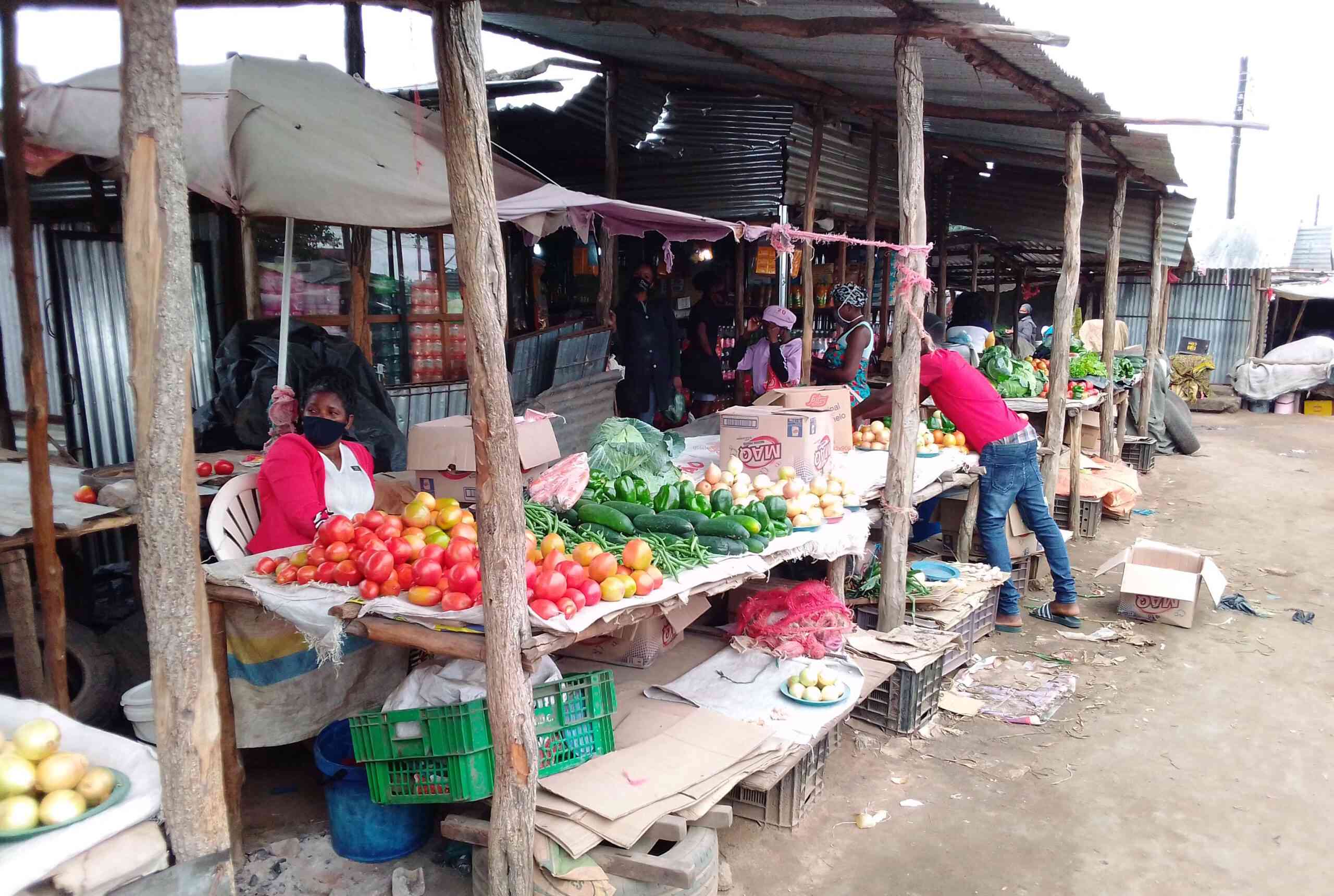
Government yesterday urged tobacco farmers to adopt practices that enhance the sustainability of tobacco production and exports through a greater regulatory compliance.
BY FREEMAN MAKOPA
Tobacco is Zimbabwe’s second largest foreign currency earner after gold and accounts for about 50% of gross domestic product. The industry’s value chain remains one of the country’s largest, employing over two million people.
In the 2017/18 season, tobacco generated $737 million from 252,5 million kilogrammes sold through contract and auction floors. The output is country’s peak, about 7% higher than the previous high of 236 million kilogrammes produced in 2000.
Lands and Agriculture minister Perrance Shiri, in a speech read on his behalf by permanent secretary Ringson Chitsiko, said the long-term future of the industry depended on a strict adherence to regulations.
He urged producers, especially small-scale producers who accounted for the largest tobacco output, to take heed of legislated tobacco planting procedures and stalk destruction dates to avoid the outbreak of PVY diseases.
“It is a grave concern that we have received reports of rampant disregard of the set rules and regulations that made tobacco the success that it is today,” Shiri said.
“For example, it has come to our attention that a number of growers believe that they can increase yield and the subsequent returns from tobacco farming by sowing tobacco seed in April-May and planting as early as August, while ignoring the legislated dates.
- Chamisa under fire over US$120K donation
- Mavhunga puts DeMbare into Chibuku quarterfinals
- Pension funds bet on Cabora Bassa oilfields
- Councils defy govt fire tender directive
Keep Reading
“While others simply do not bother to destroy remnant tobacco stalks in time, a drive round the tobacco growing areas will reveal that there are thousands of hectares of tobacco stalks still standing despite the last set day being May 15 of every year. It is a well-known fact in the industry that these stalks harbour pathogens and pests, especially aphids and predispose young seedlings sown in June and subsequent field crops to devastating virus diseases such as potato Virus Y and bushy-top.”
Shiri also urged the tobacco industry to carry out random tests on export tobacco to ensure that undesirable residues are eliminated prior to exports in order to avoid risking millions of dollars that the country earns from the golden leaf.
According to the Forestry Commission and the Environmental Management Agency, tobacco farming has contributed 15% to the loss of indigenous forests annually due to tobacco curing and estimated that 330 000 hectares of trees had been lost.











